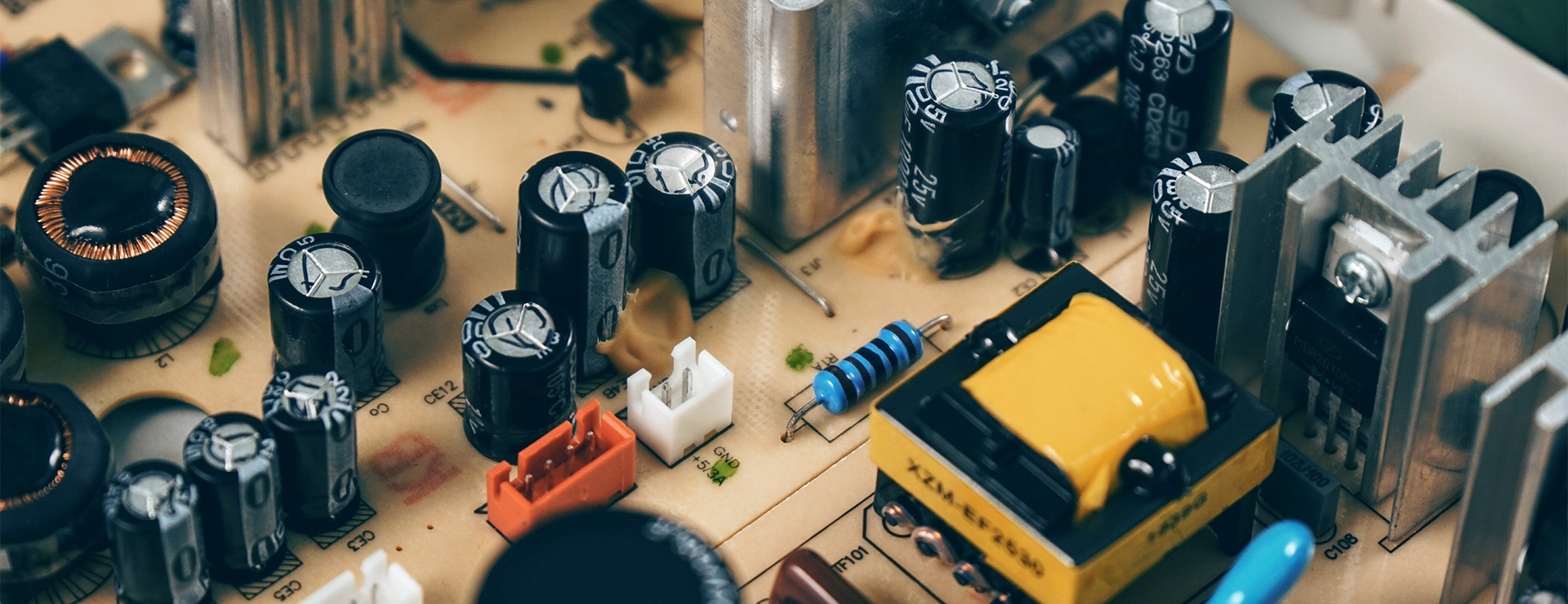Why are fiber optics crucial as components?
Fiber optics plays a crucial role as a transmission material in all applications involving light. Especially in the field of energy transmission, high-end energy transmission equipment relies on high-precision components. The key parameters of components, such as accuracy, cleanliness, and quality, determine the performance of the equipment.
Take laser cutting machines as an example. Companies in this industry often need to focus their efforts on overcoming the challenges of laser generators, making it difficult to simultaneously develop and produce fiber optic components. Even if successful development is achieved, it is impractical to go through a validation period of 2-3 years before mass production.
Apart from the high requirements of the products themselves, there are also numerous models within the same category, with significant differences in operating principles. This makes it even more critical for component suppliers to deeply cultivate their own professional fields.
With the accelerated development of industries such as medical lasers, cutting laser, and laser manufacturing, fiber optic manufacturers, represented by power transmission fiber optics, will face opportunities for domestic substitution of fiber optic components.
Nanjing Hecho Technology provides customized fiber optic services based on customer needs, using imported fiber optic materials. The products are flexible and meet the differentiated needs of customers in various industries, widely applied in fields such as medical, in vitro diagnostics, semiconductor, and industrial control.









